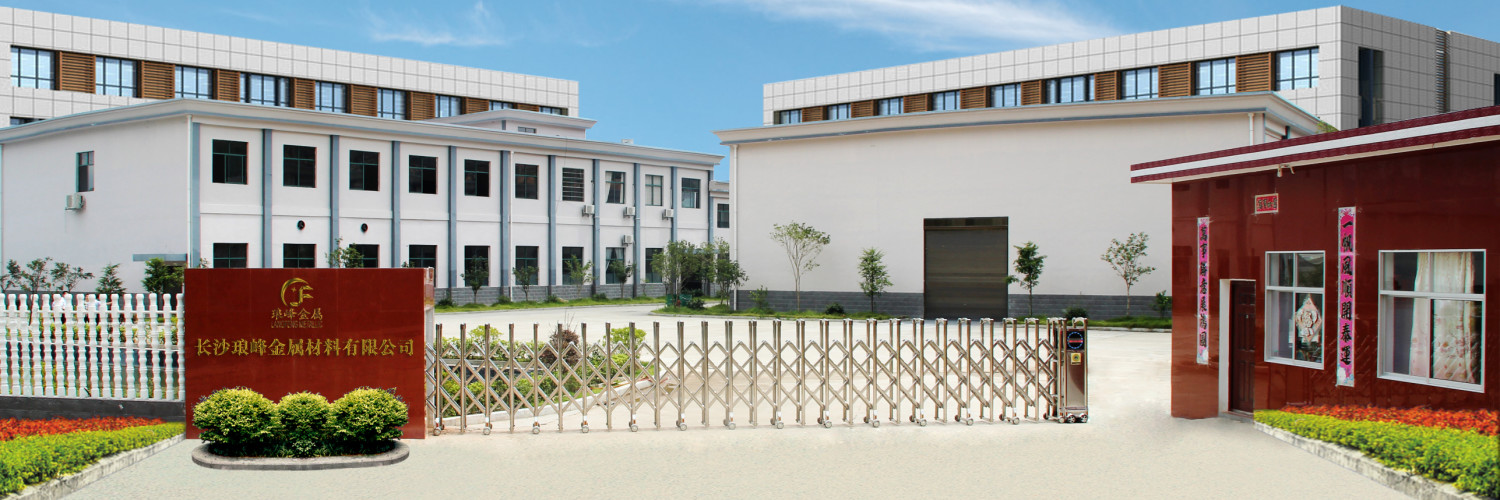Surface preparation technique of thermal spray technology
Surface preparation surface thermal spraying is generally divided into pre-processing, purification and surface roughening the surface (or activation) of the three steps to carry out. Surface preparation Purpose: First, to make the surface suitable for coating deposition, increase the binding area; Second, it helps to overcome the shrinkage stress of the coating. For some parts of the workpiece in order to make the appropriate preprocessing of local stress dispersion coating, the coating increases the shear capacity. Commonly used method is to cut the fillet and precoat tank. One of the workpiece surface roughing thread is also commonly used methods, especially when spraying large parts used threading to increase the bonding area. Turning thread should note two issues, the first is to be suitable for spraying threaded section of rectangular cross-section, or semi-circular cross- section is not conducive to combine the coating. In addition, the thread should not be too deep, too thick coating otherwise increase the cost. The coated surface may also be “knurled” or set screw and turning the knurled together. Surface Purification Often used solvent cleaning, lye cleaning and degreasing heating methods to remove surface oil, maintain cleanliness. Cleaning solvents are used: gasoline, acetone, carbon tetrachloride and trichloro-hexene. Often used for large -scale restoration of the workpiece lye cleaning. Alkaline with sodium hydroxide or sodium carbonate are generally formulated, which is a relatively inexpensive method. Sandblasting roughened Blast cleaned surface can be formed uniformly and the uneven rough surface to facilitate the mechanical bonding of the coating. Cleaning with clean compressed air-driven jet on the surface of the grit, the substrate surface can generate a compressive stress, the surface oxide film is removed, so that part of the surface of metal in the lattice distortion, the physical combination of beneficial or coatings. Metal substrate obtained after the clean sand, surface roughness and high activity.This is an important pre-processing methods. Langfeng metallic material Ltd undertake the mission”denefiting all under the heaven”,creating value for customers,help employees grow and help more people progress and development is our firm goal.We specialize in military new materials of rocket systems , coating materials, carbide, cermet cutting tools and development of raw materials, production and sales.Companies advocating green ideas, energy efficiency is the direction of the company, according to the needs of the company’s strategic development, the establishment of an industrial microwave division which is responsible for product development,and production sales. Stay tuned for detailed product information company official website: http: //www.langfengmetallic.cn [Read More]
